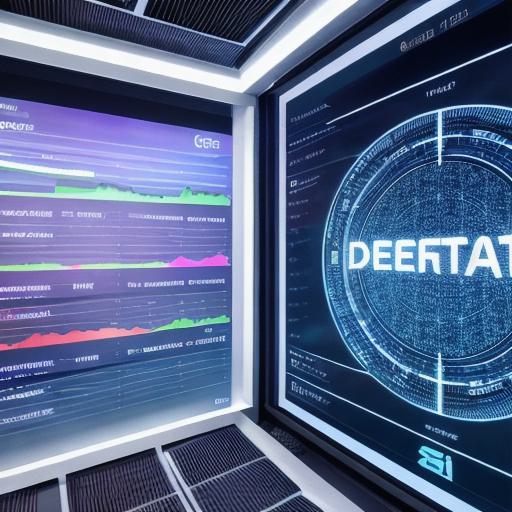Decentralized finance (DeFi) is a revolutionary new way of conducting financial transactions, and it’s all thanks to Web3 technology. This innovative approach to finance offers numerous benefits over traditional centralized systems, including greater security, faster transaction speeds, and more transparent processes. In this article, we’ll explore the key features of DeFi and examine some real-life examples of how it’s being used by individuals and businesses alike.
What is Decentralized Finance?

At its core, decentralized finance is a system that uses smart contracts to facilitate financial transactions without the need for intermediaries such as banks or other financial institutions. These smart contracts are stored on a decentralized network of computers, which ensures that they are transparent, secure, and tamper-proof. This allows for faster transaction speeds and lower fees than traditional centralized systems.
Benefits of Decentralized Finance
There are numerous benefits to using decentralized finance over traditional centralized systems. Here are a few:
- Security: Since DeFi transactions are stored on a decentralized network, they are much more secure than traditional centralized systems. This is because there is no single point of failure, which makes it much harder for hackers to compromise the system.
- Transparency: DeFi transactions are transparent and can be easily tracked by anyone with an internet connection. This makes it much easier to verify that transactions have been conducted fairly and efficiently.
- Faster transaction speeds: Because DeFi transactions don’t require intermediaries, they can be processed much faster than traditional centralized systems. This means that you can get your money where you need it more quickly.
- Lower fees: Since DeFi transactions are processed directly on the blockchain, there are no intermediary fees to pay. This means that you can save a significant amount of money compared to traditional centralized systems.
Real-Life Examples of DeFi in Action
There are numerous examples of decentralized finance being used in real life. Here are a few:
- Cryptocurrency exchanges: Many cryptocurrency exchanges now offer decentralized finance options, allowing users to trade crypto without the need for intermediaries. This means that users can save money on transaction fees and get their trades processed more quickly.
- Decentralized lending platforms: Decentralized lending platforms like MakerDAO allow users to borrow and lend money directly with each other, without the need for intermediaries. This means that users can access credit more easily and at lower interest rates than traditional centralized systems.
- Decentralized insurance platforms: Decentralized insurance platforms like Nexus Mutual allow users to pool their resources to create insurance policies that are managed directly on the blockchain. This means that users can get better coverage at lower prices than traditional insurance companies.
The Future of Decentralized Finance

Decentralized finance is still a relatively new concept, but it’s already having a big impact on the financial industry. As more people and businesses adopt DeFi, we can expect to see even more innovative uses of Web3 technology in the future. Whether you’re an individual looking to save money on transaction fees or a business looking for more efficient ways to conduct financial transactions, decentralized finance is worth exploring.
